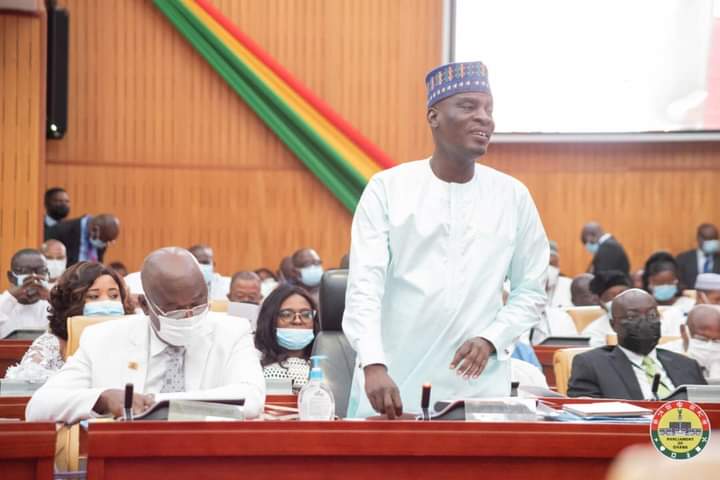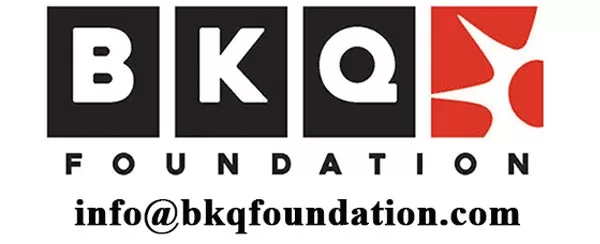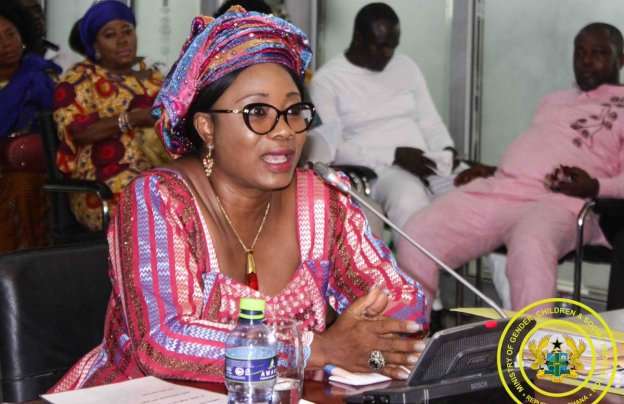The Central Bank of Ghana has announced measures aim at helping address any potential impact of government’s proposed debt exchange programme on banks.
This follows Monday’s promise by the Finance Minister, Ken Ofori-Atta, that well-targeted regulatory measures and the creation of a Financial Stability Fund (FSF) would be in place to banks and other financial institutions meet their obligations to their clients as they fall due
According to the Bank of Ghana, its measures will help “preserve financial stability” for banks that will participate in the programme.
“The Bank of Ghana has conducted stress tests on banks based on their holdings of domestic public debt and has estimated potential impacts that could result from participation in the Debt Exchange,” BoG said in a statement.
These policy and regulatory reliefs are to take effect from December 23, 2022.
The reliefs are as follows:
1. Reduction of Cash Reserve Requirement Ratio (CRR) to 12% on GHC deposits;
2. Maintain CRR of 12% on foreign currency-denominated deposits to be held in foreign currency;
3. Reduction of Capital Conservation Buffer from 3% to zero percent, effectively reducing the Capital Adequacy Ratio (CAR) from 13% to 10%;
4. New Bonds will be fully deductible in determining the financial exposure of banks to counterparties under section 62(8) of the Banks and Specialised Deposit-Taking Institutions Act 2016 (Act 930), while Old Bonds will not be deductible for that purpose;
5. Risk weights attached to New Bonds to be set at zero percent for CAR computation, and at 100% for Old Bonds;
6. Increase in Tier II component of regulatory capital from 2% to 3% of Total Risk-Weighted Assets.
7. Increase in allowable portion of property revaluation gains for Tier II capital computation, from 50% to 60 %;
8. Issuance of Guidance on standardised accounting treatment of the Debt Exchange impact, following engagement with external auditors.
The banks are also expected to:
1. Submit daily data to the Bank of Ghana on liquidity ratios and dynamics including access to interbank market and cost of financing, to enable Bank of Ghana to continuously monitor liquidity trends;
2. Pre-position assets for eligible collateral under Bank of Ghana’s Emergency Liquidity Assistance (ELA) framework;
3. Activate liquidity management plans promptly as needed (e.g. Interbank borrowings, use funding lines available, intra-group funding if, it exists, use up balances with correspondent banks);
4. Access Bank of Ghana’s repurchase (reverse repo) window excluSively with New Bonds, if no interbank or other market-related funding is accessible;
5. Access Bank of Ghana’s ELA as needed, using New Bonds and other eligible collaterals (excluding Old Bonds);
6. Suspend the declaration and payment of dividends and other distributions to shareholders forthwith;
7. Access the Ghana Financial Stability Fund;.as a last resort liquidity backstop.
Debt exchange
The government has been severely criticized for introducing a new arrangement to vary maturity dates and annual interest for domestic debt bondholders.
It has however assured that, it will do everything possible to ensure that depositors do not lose their funds.
The Governor of the Bank of Ghana, Dr Ernest Addison, has expressed optimism that the proposed Debt Exchange Programme announced by the government will bring some confidence in the economy as well as enhance the efforts of the Central Bank in controlling inflation.
He noted that the economic challenges which have affected many banks have led to the high cost of borrowing and doing business.
Dr. Addison assured of the Central Bank’s support to financial institutions to provide them with additional liquidity during the exercise.
“In addition to the near-term adoption of the IMF programme, we will provide a balance of payment support to help with financing gaps, boost investor confidence and restore stability.”
















